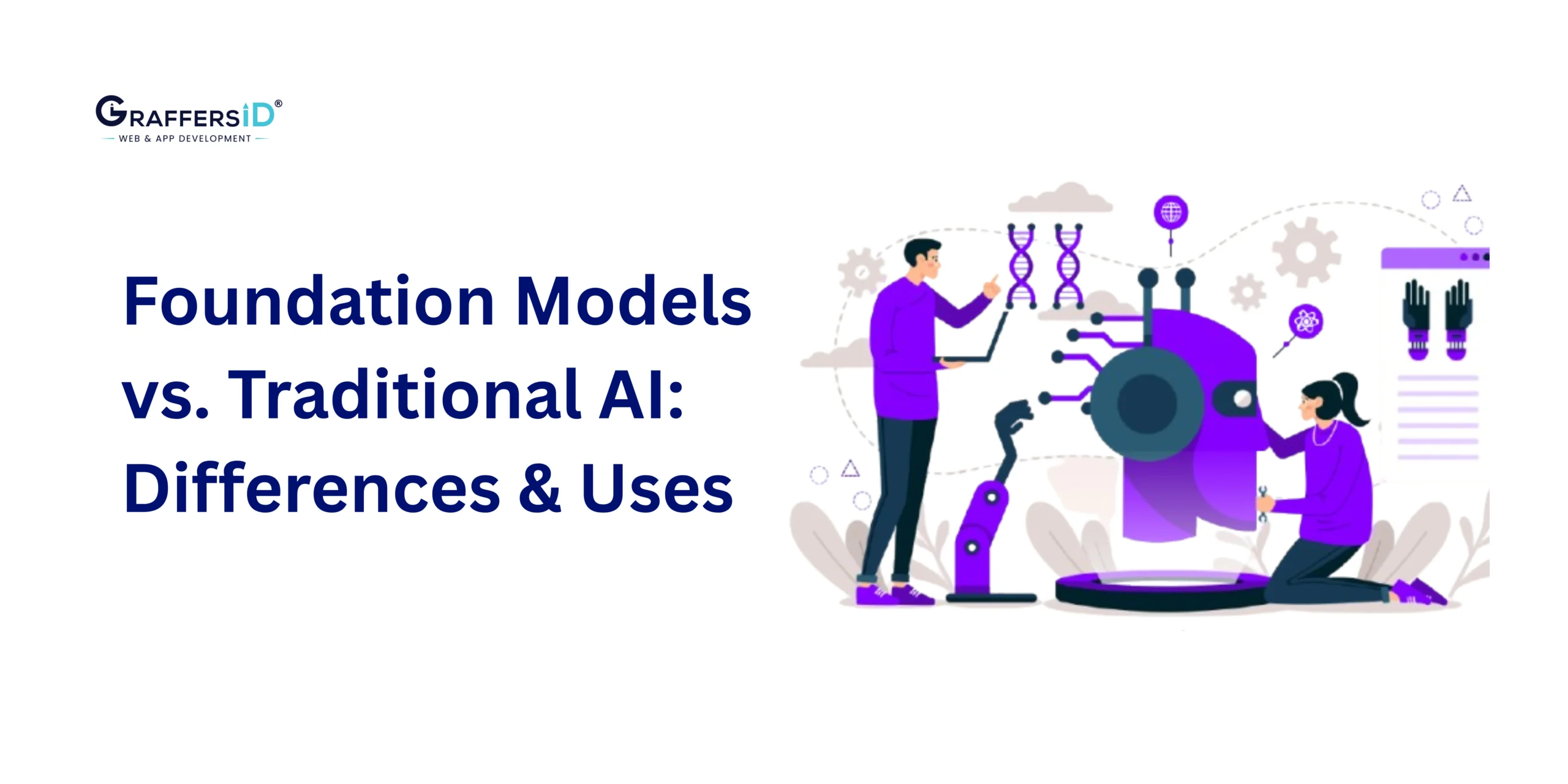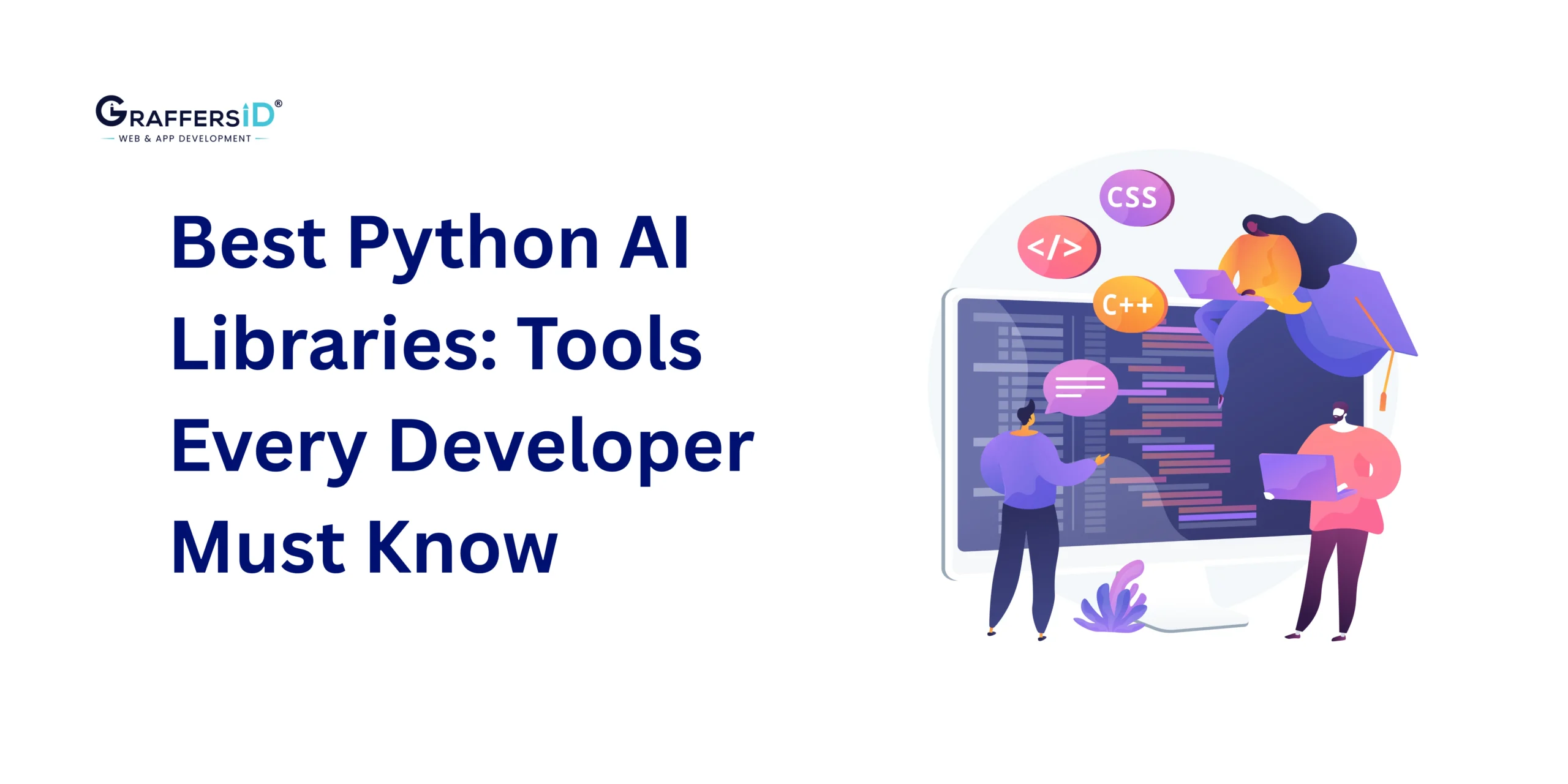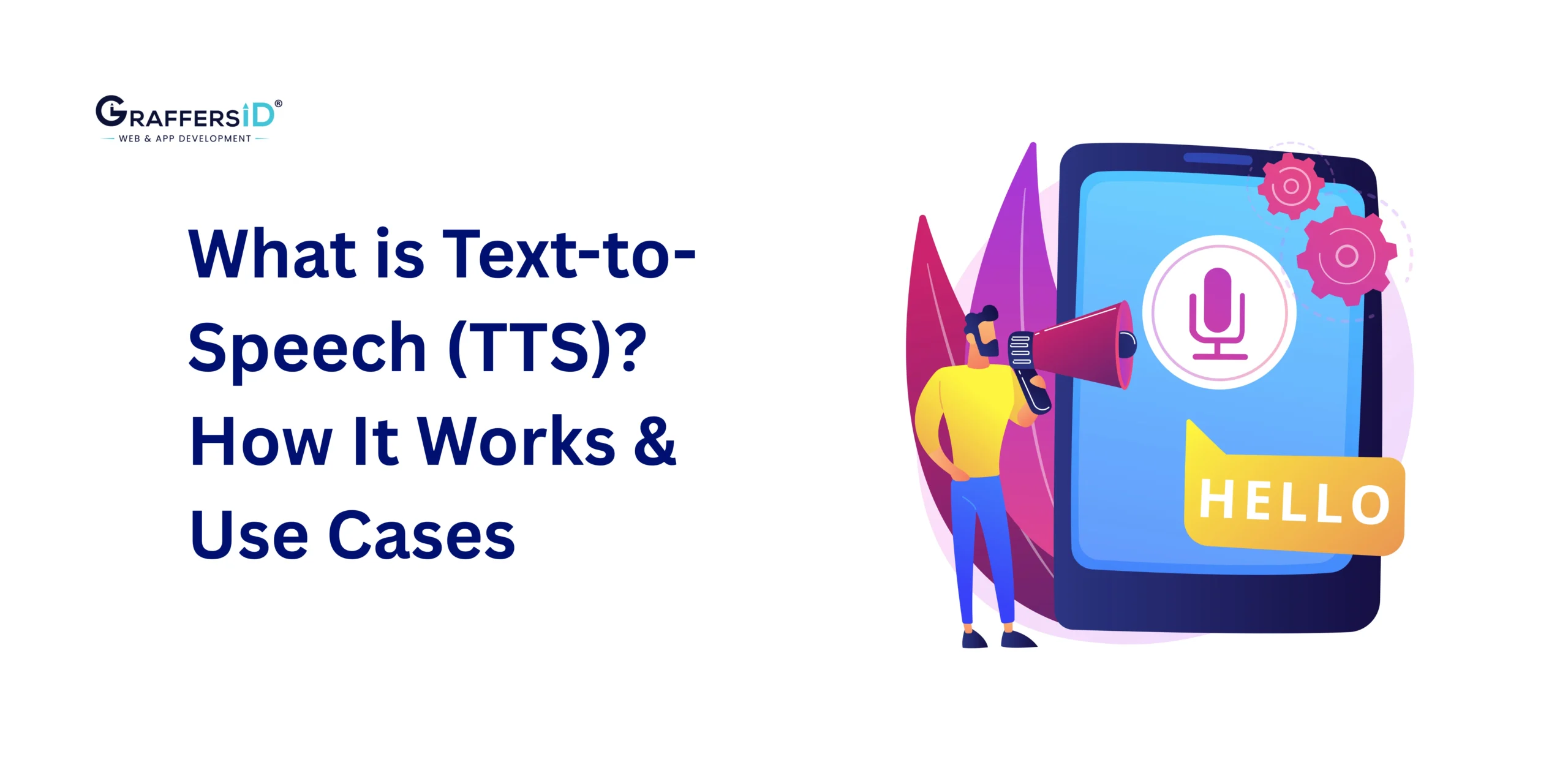In 2025, artificial intelligence is no longer a futuristic advantage—it’s the competitive baseline. Yet, one of the most common questions business leaders face is, “Should we build on traditional AI models or invest in foundation models?”
The answer isn’t straightforward. Traditional AI, with its precision and reliability, still powers critical operations like fraud detection and credit scoring. But foundation models—massive, multimodal systems like GPT-4, Claude 3.5, and LLaMA 3—are reshaping what enterprises can achieve, from multilingual copilots and real-time scenario simulations to digital twins that predict supply chain risks before they happen.
The real challenge? Choosing the right model for the right problem. Missteps don’t just waste budget—they slow innovation, increase risk, and let competitors surge ahead.
In this blog, we’ll break down how foundation models differ from traditional AI in 2025, where each excels, their limitations, and what a hybrid future looks like.
What is a Foundation Model & How Does It Differ from Traditional AI in 2025?

Foundation models are large-scale, pre-trained AI systems built using self-supervised learning on massive datasets. Unlike traditional AI, which is task-specific, foundation models act as universal building blocks adaptable to NLP, computer vision, robotics, multimodal AI, and simulation tasks.
- Traditional AI: Narrow, requires structured data and frequent retraining.
- Foundation Models: Flexible, leverage transfer learning, and scale across industries with minimal additional data.
By 2025, foundation models are no longer experimental—they are the default infrastructure for enterprise AI adoption.
Read More: What Is Artificial Intelligence in 2025? Definition, Types, Benefits & Real-World Use Cases
Foundation Models vs. Traditional AI vs. Generative AI: Comparison in 2025
| Feature | Foundation Models | Traditional AI | Generative AI |
| Scope | Multi-purpose, cross-domain | Narrow, task-specific | Creative content generation |
| Data Needs | Pre-trained on massive datasets, fine-tuned with small data | Requires structured, labeled data | Uses unstructured data |
| Adaptability | High – transfer across domains | Low – retraining needed | Medium – adapts but creative-bound |
| Use Cases (2025) | Multilingual copilots, scenario simulation, multimodal AI | Churn prediction, credit scoring | AI copilots, design tools, synthetic data |
| Challenges | High cost, energy footprint, hallucinations | Rigid, manual input, poor adaptability | Bias, hallucinations, explainability issues |
Foundation Models vs. Traditional AI vs. Generative AI in 2025: Key Differences Explained
By 2025, businesses often struggle to decide between foundation models, traditional AI, and generative AI. Each serves a different role in the AI ecosystem:
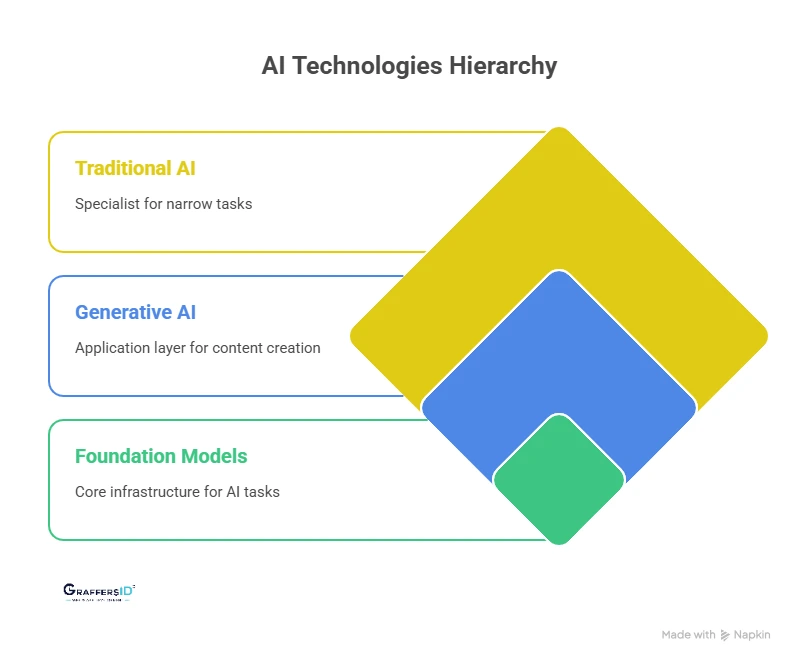
- Foundation Models: The infrastructure: large, pre-trained, and adaptable across tasks (e.g., GPT-5, Gemini, LLaMA 3, and Claude 3.5).
- Traditional AI: The specialist: precise, rule-based, built for structured data and narrow tasks (e.g., credit scoring, fraud detection).
- Generative AI: The application layer is fine-tuned from foundation models to create text, code, images, or designs (e.g., ChatGPT Enterprise, GitHub Copilot).
In 2025, multimodal foundation models go beyond text or image—they handle video, audio, and sensor data. This enables advanced enterprise use cases like autonomous vehicle simulations, industrial IoT analytics, and digital twin modeling, which traditional AI or generative AI alone cannot achieve.
Read More: ChatGPT vs. DeepSeek vs. Google Gemini: Which AI Model is Best for Developers in 2025?
Foundation Models vs. Traditional AI: When Should You Use Each in 2025?
Best for Foundation Models (2025):
- Multilingual chatbots & copilots for customer service
- Enterprise document summarization & compliance checks
- Healthcare outcome simulation & digital twin models
- Supply chain disruption forecasting
Best for Traditional AI (2025):
- Credit scoring & loan risk analysis
- Customer churn prediction
- Predictive maintenance with structured sensor data
- Pricing optimization models
AI Foundation Model Use Cases by Industry (2025 Guide)

1. Banking & Finance
- Foundation Models: Fraud detection on unstructured data, scenario-based risk planning
- Traditional AI: Credit scoring, churn analysis, loan default prediction
2. Healthcare
- Foundation Models: Patient simulation models, multilingual diagnostic copilots
- Traditional AI: Tumor detection in imaging, dosage optimization
3. Retail & E-commerce
- Foundation Models: Personalized shopping copilots, multimodal recommendations
- Traditional AI: Inventory planning, pricing strategy models
4. Manufacturing & Supply Chain
- Foundation Models: Digital twins for supply chain resilience, multimodal sensor data analysis
- Traditional AI: Predictive maintenance, anomaly detection in production lines
Challenges and Limitations of Foundation Models in AI (2025)
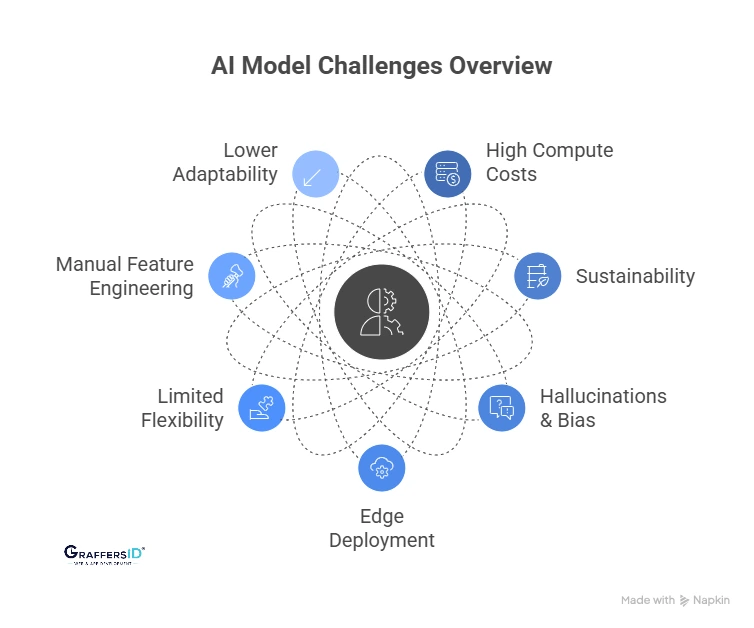
Foundation Models
- High Compute Costs: GPT-4 training cost exceeded $100M; GPT-5 even higher.
- Sustainability: AI energy footprint under global scrutiny.
- Hallucinations & Bias: Still generate misleading yet convincing outputs.
- Edge Deployment: Large size restricts on-device or low-power AI.
Traditional AI
- Limited Flexibility: Needs re-engineering for every task.
- Manual Feature Engineering: Slower development cycles.
- Lower Adaptability: Can’t keep pace with dynamic enterprise needs.
Read More: How to Build an AI Agent in 2025: A Strategic Guide for CTOs and Tech Leaders
Fine-Tuning and Hybrid AI Models in 2025: How Businesses Use Foundation Models
Fine-tuning foundation models remains the fastest, most cost-effective way for enterprises to deploy domain AI:
- Less labeled data needed
- Training time reduced to hours/days
- Retains general intelligence while adapting to business needs
Hybrid Models are emerging as the enterprise standard:
- Traditional AI: Precision & compliance in structured domains
- Foundation Models: Scalability, adaptability, long-range dependencies
Conclusion
By 2025, the distinction between foundation models and traditional AI has become clear:
- Foundation Models: Best for adaptability, unstructured and multimodal data, and enterprise-scale applications like copilots, simulations, and digital twins.
- Traditional AI: Best for precision-driven, structured, and rule-based tasks like credit scoring, churn prediction, and anomaly detection.
- Hybrid AI Strategies: Combine the strengths of both, giving enterprises scalability, compliance, and future-proof performance.
The winning approach is not choosing one over the other but knowing when to deploy traditional AI for stability and when to leverage foundation models for adaptability. Enterprises that strike this balance can reduce costs, accelerate innovation, and build AI ecosystems that are sustainable, scalable, and future-ready.
At GraffersID, we help enterprises build and integrate custom AI solutions, foundation-model powered copilots, and scalable applications with remote developers tailored to your needs.
